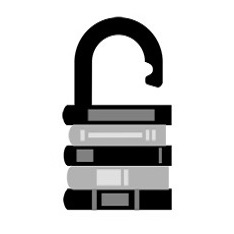1.1: Definition of Real Numbers and the Number Line
( \newcommand{\kernel}{\mathrm{null}\,}\)
Real numbers are the numbers that are normally used in real world math problems.
Here are common groups of numbers that are real numbers:
| Whole Numbers: | 0,1,2,3,4,5,6,… | Positive counting numbers plus zero |
| Integers: | …−3,−2,−1,0,1,2,3,… | Positive and negative whole numbers |
| Rational Numbers: | 13,27,−13,−2,1.32,−12.64 | Numbers that may be written as a b , where a and b are integers. Decimals are rational numbers. |
| Irrational Numbers: | e,√8,−√11,π,0.1234 | Numbers that can’t be expressed as a b . Irrational numbers are numbers with non-repeating and never-ending decimals! |
Note: Real numbers may be positive or negative and include 0 as shown above.
A line that extends horizontally with coordinates that correspond to real numbers. The number line helps measure the distance between the origin (0) to a real number. Here’s an example of a number line:
Reading the number line:
The origin corresponds to the number 0 in the number line.
To the left of the origin are the negative numbers.
To the right of the origin are the positive numbers.
Graph the following numbers on the number line below: −5,e,3.5,−2.25,7.01,−5.2,√20,π.
-
Figure 1.1.2


